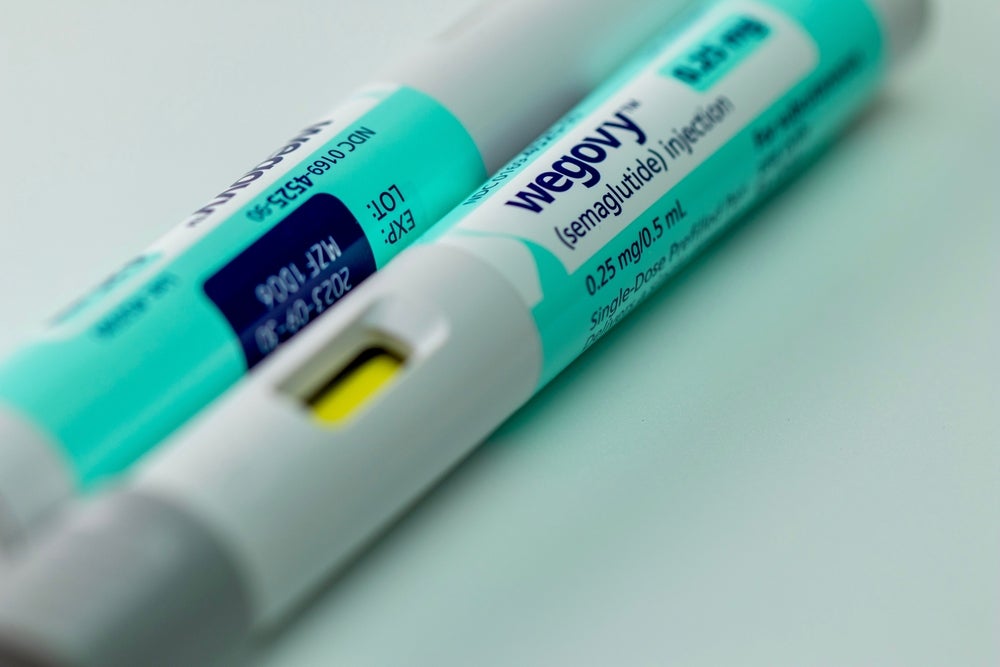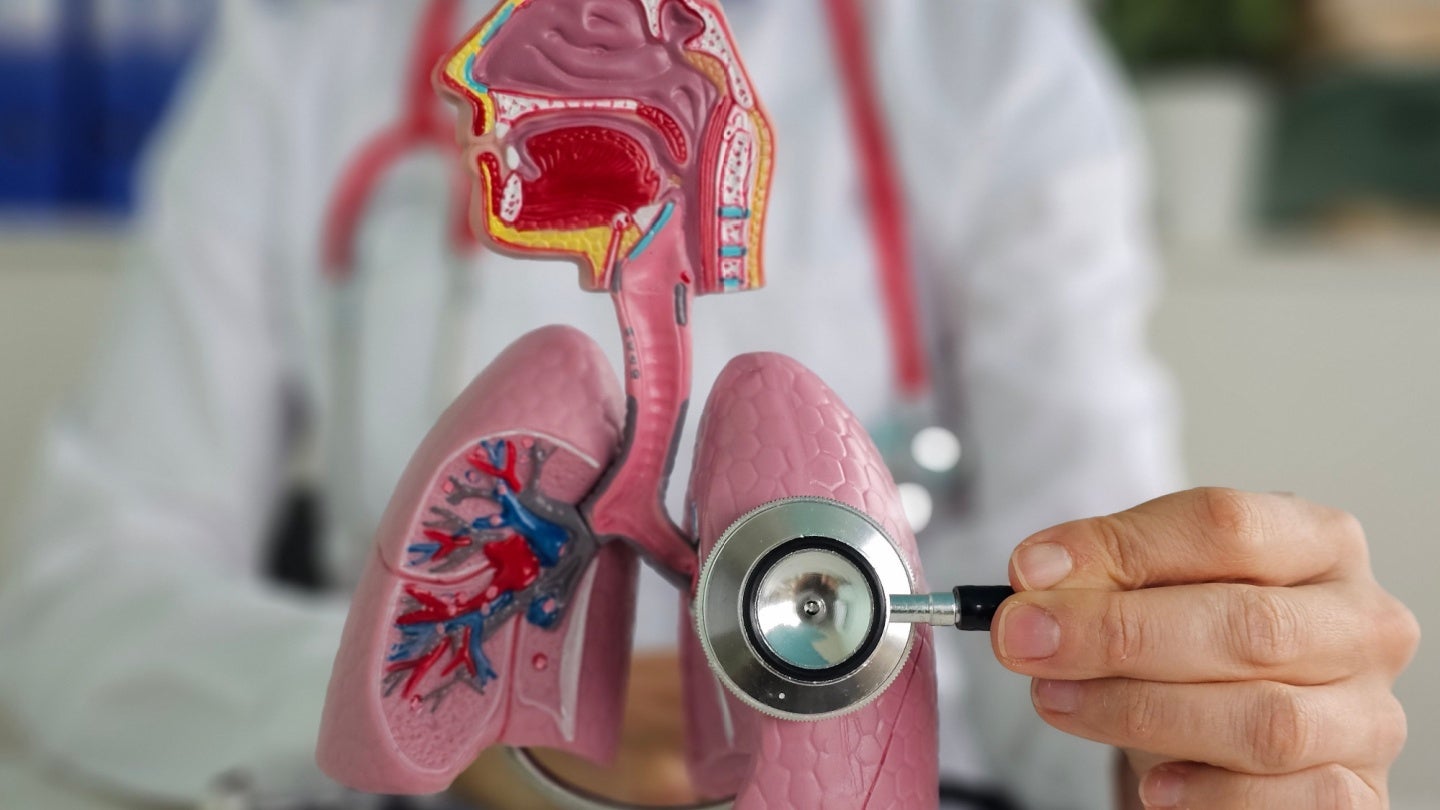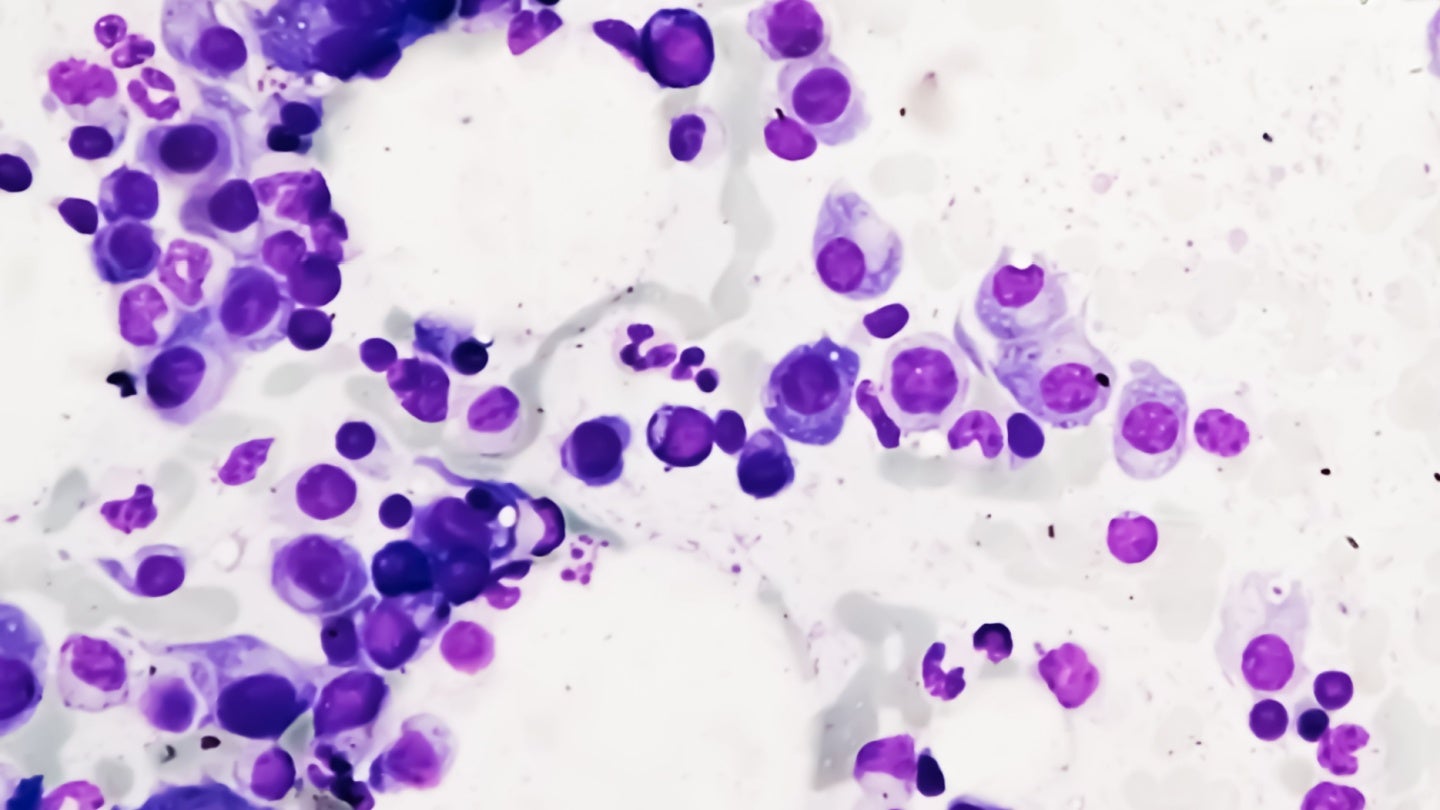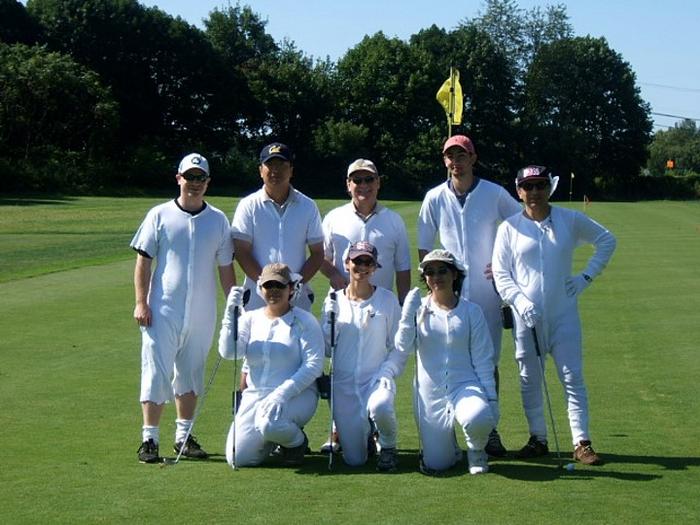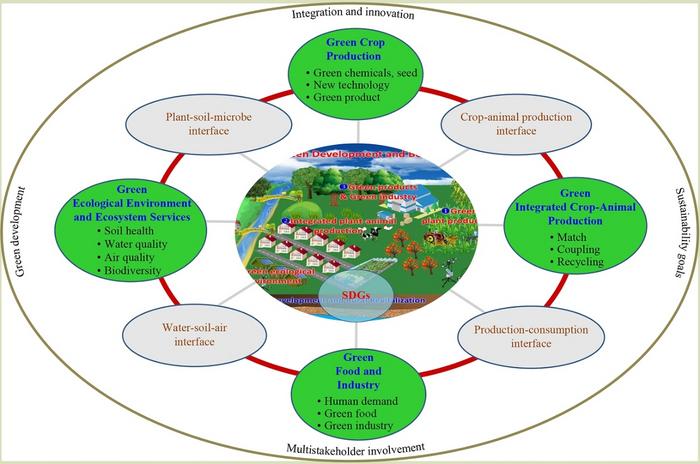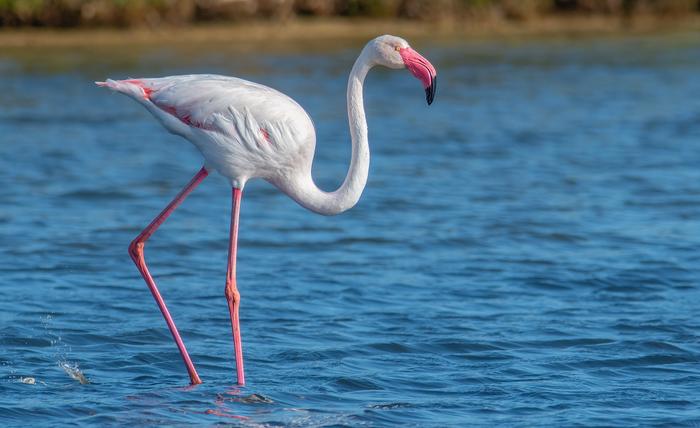How water guides the assembly of collagen, the building block of all humans
Water determines life: humans are three-quarters water. An international research team led by the University of Amsterdam (UvA) has now discovered how water also determines the structure of the material that holds us together: collagen. In a paper recently published in PNAS, the researchers elucidate the role of water in the molecular self-assembly of collagen. […]

Water determines life: humans are three-quarters water. An international research team led by the University of Amsterdam (UvA) has now discovered how water also determines the structure of the material that holds us together: collagen. In a paper recently published in PNAS, the researchers elucidate the role of water in the molecular self-assembly of collagen. They show that by replacing water with its ‘twin molecule’ heavy water (D2O), one can ‘tune’ the interaction between collagen molecules, and thus influence the process of collagen self-assembly. The findings will help to better understand the tissue failures resulting from heritable collagen-related diseases, such as brittle bone disease (osteogenesis imperfecta).

Credit: HIMS / Laura Canil, Giulia Giubertoni.
Water determines life: humans are three-quarters water. An international research team led by the University of Amsterdam (UvA) has now discovered how water also determines the structure of the material that holds us together: collagen. In a paper recently published in PNAS, the researchers elucidate the role of water in the molecular self-assembly of collagen. They show that by replacing water with its ‘twin molecule’ heavy water (D2O), one can ‘tune’ the interaction between collagen molecules, and thus influence the process of collagen self-assembly. The findings will help to better understand the tissue failures resulting from heritable collagen-related diseases, such as brittle bone disease (osteogenesis imperfecta).
As lead author Dr Giulia Giubertoni of the UvA’s Van ’t Hoff Institute for Molecular Sciences (HIMS) puts it: ‘In studying these and other collagen diseases, many researchers, including myself, myself have always missed an important part of the puzzle, and the possibility that tissue failure might be partly due to water-collagen interaction was not taken very seriously. We now show that perturbing the water layer around the protein, even very slightly, has dramatic effects on collagen assembly.’
Giubertoni wants to make researchers in the collagen-disease community aware that very subtle changes in the water-collagen interaction might contribute to collagen diseases. These changes can potentially arise, for instance, from mutations in the collagen protein which occur in genetic diseases. The researchers also suggest that altered interactions between water and collagen are a contributing factor in various age-related diseases involving tissue dysfunction.
The stuff we’re made of
Collagen is to a large extent ‘the stuff we’re made of’- around a third of all protein in our body is collagen which ensures the mechanical integrity of all human connective tissue. For instance, our skin and arteries stretch without tearing and our bones can resist high stress without breaking. Collagen is produced by our cells as single proteins that assemble into larger structures called fibrils. These fibrils further assemble into networks that form the scaffolds for our tissues.
Since collagen is formed in the aqueous environment of human cells, water plays a crucial role in its assembly. The interaction of water molecules with proteins results in collagen that is best suited for its function. But what exactly is behind this collagen-optimising role of water? How does water do it? And will understanding this mechanism offer insights into conditions where something is wrong with collagen, such as osteogenesis imperfecta? These were the central questions of the research now published in PNAS.
Introducing heavy water
To investigate the role of water in collagen formation, Giubertoni – together with her UvA colleague Prof. Sander Woutersen and their collaborator Prof. Gijsje Koenderink (Delft University of Technology) – decided to replace water with its heavier ‘twin molecule’ D2O. Initially discovered by the Nobel prize winner Harold Urey in 1931, in D2O the hydrogen atoms (H) of water are replaced with the isotope deuterium (D) that has an added neutron in its nucleus. D2O or ‘heavy water’ thus is the ‘closest replacement’ to ordinary water in nature.
However, in interaction with proteins, D2O is less potent than H2O. This is because bonds between D2O molecules (so-called hydrogen-bonds) are stronger than those between H2O molecules. This affects the interaction with proteins such as collagen.
Giubertoni, Woutersen and Koenderink were keen to study the effect this would have on collagen assembly. Together with a multi-disciplinary collaborative research network, they were able to establish that the use of heavy water results in ten times faster collagen formation, and ultimately a less homogeneous, softer and less stable collagen-fibre network.
A very effective moderator
The explanation is that the reduced interaction of the heavy water with the collagen protein makes it easier for the protein to ‘shake off’ the D2O molecules and reorganise itself.
This boosts the formation of the collagen network, but also results in a sloppier, less optimal collagen network. Water thus acts as a mediator between collagen molecules, slowing down the assembly to guarantee the functional properties of living tissues.
This discovery offers fresh perspectives on how water influences the characteristics of collagen, allowing for precise adjustments in the mechanical properties of living tissues. It also creates novel avenues for creating collagen-based materials where macroscopic properties can be controlled and fine-tuned by subtle variations in the composition of the solvent, rather than making significant changes to the chemical structure of the molecular building blocks.
A similar “investigative” approach might be also used in the future to elucidate the role of water in driving and guiding the assembly of other proteins capable of assembling in larger structures. Giubertoni . Giubertoni will move on to study how defects in collagen affect its interaction with water, and what role this plays in the failure of tissue in collagen diseases.
A multi-disciplinary collaborative network
Dr Giulia Giubertoni is a postdoctoral research fellow working towards the molecular understanding of the functionalities of biomolecules and the mechanical properties of biomaterials, in particular skin and bones. In 2021 she was awarded a Veni grant by the Dutch Research Council (NWO) to study the molecular origin of osteogenesis imperfecta. Together with Prof. Sander Woutersen (HIMS, Molecular Photonics), Prof. Gijsje Koenderink (Department of Bionanoscience, Kavli Institute of Nanoscience, Delft University of Technology), and her previous Master’s student Liru Feng, she established a multidisciplinary, international network of collaborators with complementary expertise ranging from computer simulations to protein imaging and rheology. Together they tackled the collagen research question from molecular to macroscopic level and at different time scales. Collaborators include: Dr Federico Caporaletti (Molecular Photonics HIMS, IoP and Université libre de Bruxelles, Belgium), Dr Ioana M. Ilie (Computational Chemistry, HIMS), Prof. Daniel Bonn (IoP), Dr Antoine Deblais (IoP), Dr Johannes Hunger (Max Planck Institute for Polymer Research, Mainz, Germany), Prof. Andela Saric (Institute of Science and Technology Austria), Prof. Nico Sommerdijk (Radboud University Medical Center, Nijmegen, the Netherlands) and Dr Dimitra Micha (Amsterdam University Medical Center, Vrije Universiteit, the Netherlands).
Journal
Proceedings of the National Academy of Sciences
DOI
10.1073/pnas.2313162121
What's Your Reaction?








